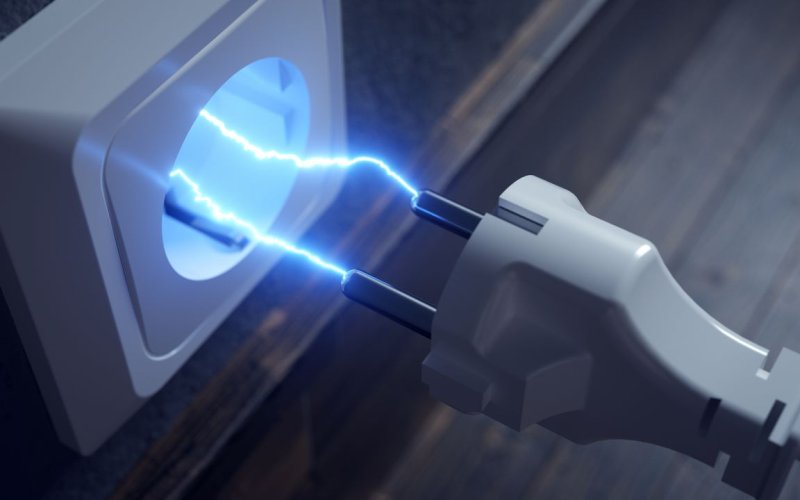If we build a simple electrical circuit, electric current flows from the battery into the bulb, turns it on, and then flows to the other pole of the battery. How is it in reality? Is the electricity from my lightbulb coming back through wires to the power plant?
I will try to explain the question with an analogy of the postal services. We use electricity to fulfil its work and the post office to send packages. In the case of the electricity, charged particles (especially electrons, but also ions) do the work. At the post office, the postman does the work (in the case of Amazon, a drone is planned). In the case of the post office, it is clear that it is best for us that the postman would return to the post office after delivering the letters so that he can continue the next day.
It’s the same with electricity — we also need the electrons to come back so that they can do the work in the electrical circuit again. The postman and the electron are the ones who do the work and we need them to do the work constantly (more precisely, that the postman would return to work). We will achieve this with the postman with money — he will receive a salary for the work done and it will motivate him to come to work the next day. In the case of an electron, the motivation is the source of electric power (battery, power plant). Because electrons have a negative charge, they are attracted to the positive pole of the source. So such an electron is sent out from the power plant (from the negative pole) and is attracted to the positive pole. To get to it, we build it a path (conductor) and somewhere along the way we build it an obstacle (appliance), which it will have to overcome. This will do the job (the appliance will work) and the electron will reach the negative pole of the source. From its source, it is moved “against its will” to the negative pole and the whole process is repeated. This relocation requires energy and the source (power plant) obtains it, for example, from chemical reactions, light or heat. The bigger the “plus” that is in front of the electron, the faster it will move (and the harder the obstacle can be that is in its way).
The given example describes the so-called direct current (e.g. a battery). At home we have alternating current in the socket. In this case, the poles change and the electron oscillates from one side of the conductor to the other, doing the work again.
Want to ask something?
Send us an e-mail with the subject “Physics mysteries” to the address:
We can't wait to tackle your interesting questions!





